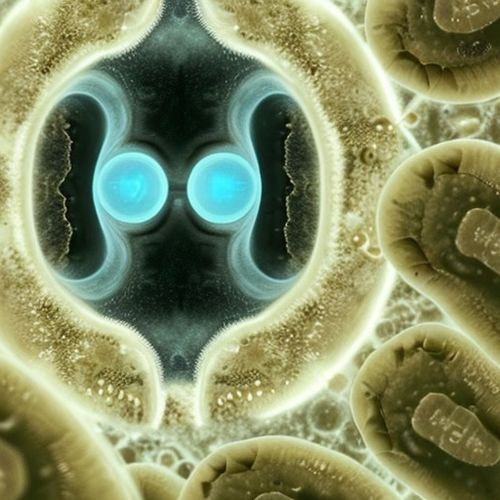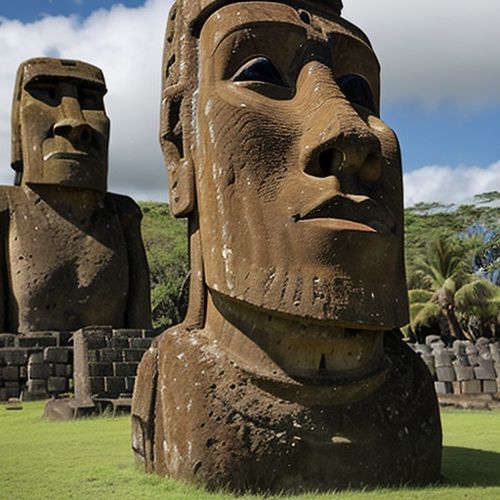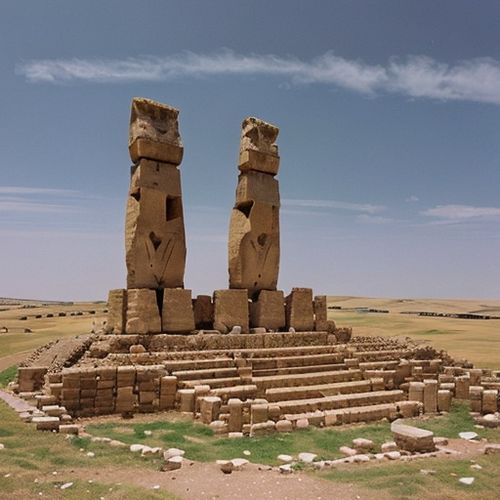The recent discovery of bamboo slips in China's Haihunhou Tomb has sent ripples through the archaeological and academic communities. Unearthed from the Western Han Dynasty (206 BCE–9 CE) site in Jiangxi Province, these fragile yet remarkably preserved texts may hold the key to unlocking long-lost classical works. Scholars are cautiously optimistic that the slips could contain fragments or even complete versions of ancient texts thought to have vanished during China's tumultuous historical periods.
What makes this find particularly extraordinary is the tomb's association with Liu He, the deposed "Marquis of Haihun" who briefly served as emperor for merely 27 days before being removed from power. His short reign and subsequent exile made him a footnote in history, but his burial site has become one of China's most significant archaeological treasures. The bamboo slips were found alongside a trove of gold coins, musical instruments, and lacquerware, suggesting the tomb was prepared for someone of considerable status who maintained access to rare cultural artifacts even in political disgrace.
Initial examinations reveal the bamboo slips contain texts written in meticulous clerical script, the standardized Han Dynasty writing style. The content appears diverse—ranging from historical records and philosophical treatises to potentially unknown literary works. Most tantalizing are slips that may correspond to chapters from the "Qi Lun" (Discourses of Qi), a Confucian text mentioned in ancient bibliographies but believed lost since the Eastern Han period. Other fragments show similarities to minor classics referenced in Sima Qian's "Records of the Grand Historian" but absent from later compilations.
Conservation efforts present formidable challenges. After two millennia in humid conditions, the bamboo slips have absorbed tremendous moisture while retaining their structural integrity. A joint team from Peking University and the Jiangxi Provincial Institute of Cultural Relics and Archaeology has employed controlled desiccation chambers and infrared scanning technology to stabilize the artifacts and enhance faded ink visibility. This painstaking process has already yielded over 5,000 legible characters from approximately 300 slips, with thousands more awaiting analysis.
The academic implications are profound should these texts prove authentic. Historians speculate they might offer alternative perspectives on well-known events or reveal entirely unknown aspects of Western Han governance and philosophy. Comparative studies with received texts like the "Analects of Confucius" could illuminate how certain ideas evolved during critical periods of Chinese thought. Moreover, the slips might settle longstanding debates about attribution and transmission of early Chinese classics that were subject to editorial changes during the Qin Dynasty's infamous book burnings and Han Dynasty reconstructions.
Beyond philosophical works, archaeologists have identified what appear to be medical texts containing herbal prescriptions and acupuncture techniques differing from the canonical "Yellow Emperor's Inner Classic." There are also administrative documents that shed light on the marquisate's governance, including previously unknown details about tax collection methods and land distribution policies during Emperor Xuan's reign. Such mundane records often prove invaluable for understanding the daily realities behind official historical accounts.
International scholars have joined the research effort, with sinologists from Oxford, Kyoto, and Harvard contributing specialized knowledge in paleography and early Chinese literature. This collaboration reflects growing recognition that the Haihunhou finds represent a watershed moment—comparable to the 1993 discovery of the Guodian Chu slips that revolutionized understanding of "Laozi" textual traditions. The current project operates under strict protocols to prevent the controversies that surrounded earlier bamboo slip publications, where competing research teams sometimes rushed incomplete transcriptions to press.
As work continues, researchers remain circumspect about overinterpreting partial texts. The process of arranging thousands of disordered slips—many broken or missing characters—resembles reconstructing an elaborate puzzle without the original image as reference. Contextual clues like notch marks and binding remnants help determine proper sequences, but significant gaps will likely persist. Still, even fragmentary findings could necessitate revisions to standard narratives about intellectual history and text circulation in early imperial China.
The Jiangxi Cultural Relics Bureau has announced plans for a multi-volume scholarly publication within five years, with digital scans to be made available to accredited researchers. Meanwhile, selected slips will feature in a special exhibition at the Capital Museum, offering the public a glimpse of these textual treasures. For historians of ancient China, the Haihunhou bamboo slips may well provide that rarest of opportunities—a chance to read chapters from books that the world forgot.

By Emily Johnson/Apr 10, 2025

By Sarah Davis/Apr 10, 2025

By Christopher Harris/Apr 10, 2025

By John Smith/Apr 10, 2025

By Ryan Martin/Apr 10, 2025

By Olivia Reed/Apr 10, 2025

By Sarah Davis/Apr 10, 2025

By Victoria Gonzalez/Apr 10, 2025

By Laura Wilson/Apr 10, 2025

By Lily Simpson/Apr 10, 2025

By Grace Cox/Apr 10, 2025

By Emma Thompson/Apr 10, 2025

By Grace Cox/Apr 10, 2025

By Thomas Roberts/Apr 10, 2025

By Laura Wilson/Apr 10, 2025

By Benjamin Evans/Apr 10, 2025

By Megan Clark/Apr 10, 2025